Back in 2005 I pointed to a great CBC resource called InSite that exposed helpful data about CBC Radio programs to the public: the music tracks played on a show, for example, or the rundown of guests.
As the CBC has synergized and commercialized in the years since, valuable, raw public services like this have fallen away; fortunately the historic data is all still available via the Internet Archive. Here’s the 1997 episode of The Vinyl Café that I pointed to, for example, in that 2005 post.
Looking at that now-20-year-old page, I noticed something I’d forgotten about: the MAPLE Code:
Recording Format (Medium): CD
Recording Title (CD or Album): COWBOYOLOGY
Spine: 03-1 CD
Cut Number: 7
MAPLE Code: MAPL
Label Name: STONY PLAIN
MAPL stands for Music, Artist, Producer, Lyrics, and is a system devised by the CRTC to determine “what makes a song Canadian.”
To qualify as Canadian content, a musical selection must generally fulfil at least two of the following conditions:
- M (music): the music is composed entirely by a Canadian
- A (artist): the music is, or the lyrics are, performed principally by a Canadian
- P (performance): the musical selection consists of a live performance that is recorded wholly in Canada, or performed wholly in Canada and broadcast live in Canada
- L (lyrics): the lyrics are written entirely by a Canadian
Canadian radio stations, at least in the 1980s when I was playing records on the radio, would have a condition of license that would set out a commitment to play a certain percentage of Canadian content, and the MAPL system was used to make this determination. As a result, stations, in their program logs, had to record that information, and record companies, in their supplementary materials or liner notes, had to indicate it. That’s why you see that line in the CBC InSite system.
For example, in its 2001 license renewal, Trent Radio, where I used to play records, had, as a condition of license:
The licensee has committed to meet the new regulatory requirements with respect to the percentage of Canadian musical selections from category 2 (35%) and category 3 (12%) that community and campus radio stations must broadcast each broadcast week.
The “categories?” Well, that’s complicated, but Category 2 is “popular music” and Category 3 is “special interest music.”
I don’t know whether the “cancon” rules that gave rise to MAPL achieved the over-arching goal of protecting Canadian music from obliteration by America, but I do know that in the small world of community radio producers that I was once a member of, our knowledge of who was “Canadian” and who was not was heightened. And that wasn’t such a bad thing.
This is a lovely documentary about the temporary closing of the Glasgow Subway in 1977 for refurbishment.
The fall sitting of the Legislative Assembly of PEI opened this afternoon, and I happened to be walking through the neighbourhood during the opening ceremonies on Great George Street.
Just as I was walking by, the band struck up and played the theme song from The Friendly Giant, which I thought an odd, albeit poignant, music choice.
It turns out that, beyond the confines of The Friendly Giant, this song has a broader life as Early One Morning:
“Early One Morning” is an English folk song with lyrics first found in publications as far back as 1787. A broadside ballad sheet in the Bodleian Library, Oxford, dated between 1828 and 1829 has the title “The Lamenting Maid” and refers to the lover leaving to become a sailor.
Nonetheless, I prefer to keep the image of Friendly, reaching his hands down into the floor of the legislative chamber to arrange the chairs and the mace, in my head. That’s how the sitting should start.
Here we are inside. Here’s one little chair for one of you, and a bigger chair for two of you to curl up in. And for someone, who likes to rock, a rocking chair, in the middle. Now look up… waaay up…
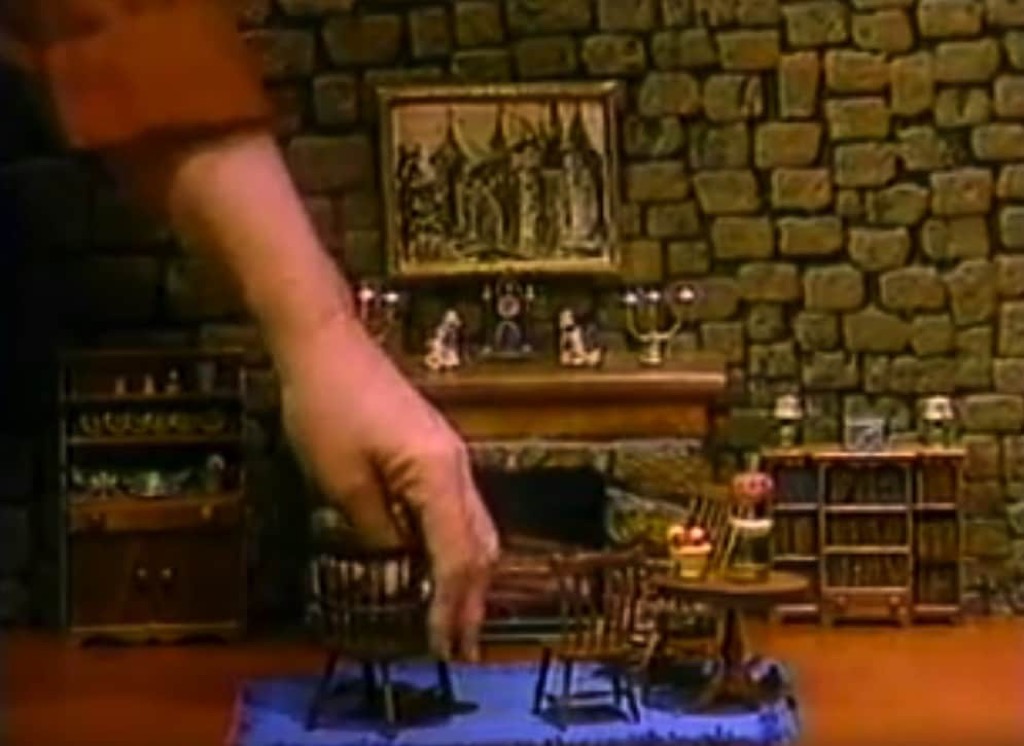
There’s a new version of Firefox out today, code-named Quantum, that will knock your socks off.
In recent years remaining a Firefox user has required a compromise: sacrificing performance and features for the knowledge that you’re supporting an open browser.
That stops today: the new version is properly zippy and feature rich, and yet still Firefox. No more compromise needed.
No idea how to install Firefox? Let me know, and I’ll come install it for you.
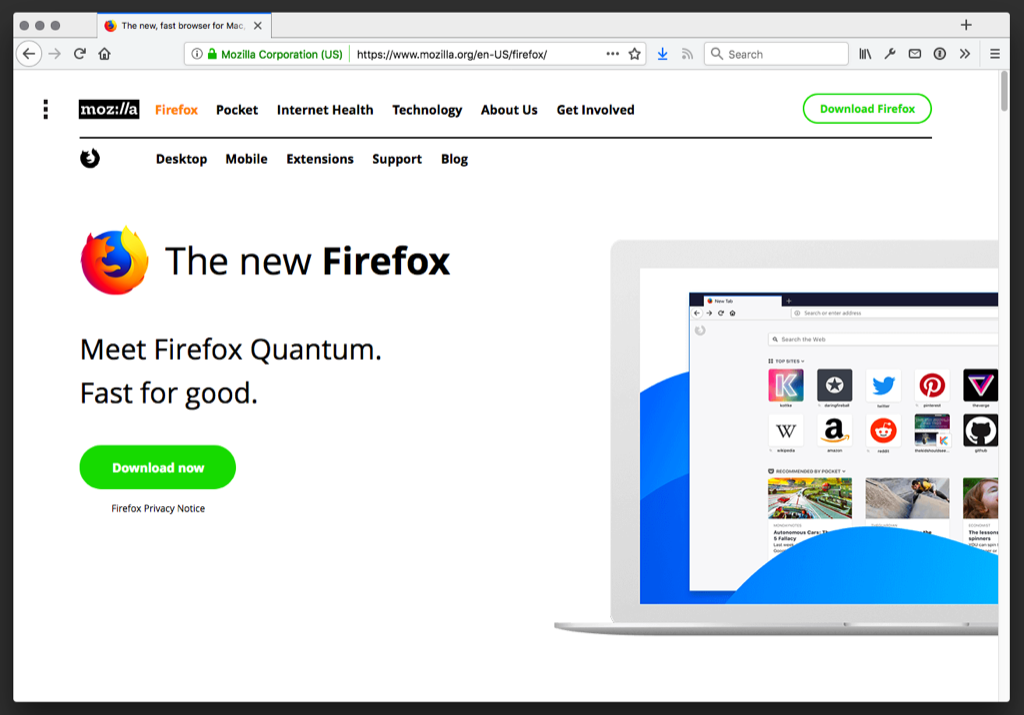
Sometimes at the grocery store checkout, on all too rare occasions, customer and checkout clerk achieve an uncanny level of synchronization, to the point where the experience transcends mere checkout and becomes ballet.
It takes both a special clerk with exceptional organizational and perceptual skills, the right mix of groceries in the cart, and an unexpected gust of Gilbrethian economy.
Tonight was a night like that.
Sobeys Allen Street. Aisle 8. Clerk Kaitlyn at the helm; $178 of groceries in the cart.
Everything unfurled without a single hiccup: as soon as I placed items on the conveyor they were whisked into precision placement in one of my reusable bags. I could hardly keep up.
And then, before I knew what was happening, we were done.
I fumbled my Air Miles and credit cards out of my wallet. Scan. Swipe. Tap.
And I was off into the crisp autumn evening.
Over the 18 years that I’ve been writing in this space, I’ve written 7,779 posts.
In those posts I’ve included 24,765 links to other websites; there was, indeed, a link in the very first post, to http://www.digisle.net/.
What that link has in common with a lot of other links I’ve added over the years is that it’s a broken one: that web address, which was once a link to the Hawaii-based Digital Island, is a dead one, and leads nowhere.
When a web browser requests a page from a web server, a number of things can happen: the server can report back “here you go!”, “you don’t have access to that,” or “that page no longer exists,” or “that page has moved.”
To see what had happened over the years to the pages I’d linked to from my posts, I ran the 24,765 links through a link checker, a simple command line script adapted from here, that looks like this:
xargs -n1 -P 50 curl -o /dev/null --silent --head --write-out '%{url_effective}: %{http_code}\n' < ruk-dot-ca-links.csv > stats.log
The result was a file called stats.log with one line per link and the status code that the web server returned when the script went looking for it.
Here’s a summary of what it found:
| HTTP Status Code | Category | Number of Links | Per Cent |
|---|---|---|---|
| n/a | DNS error | 2,229 | 9% |
| 2xx | Success | 12,462 | 50% |
| 3xx | Redirection | 7,541 | 30% |
| 4xx | Client Errors | 2,335 | 9% |
| 5xx | Server Errors | 198 | 1% |
In plain language this means that:
- Half of the pages I linked to are still there, at the same address, and work as they always have.
- One third of the pages I linked to are now redirected to other addresses; sometimes this means the links still work, just with a changed address, sometimes this means the links are broken and simply redirects to the front of a website or elsewhere.
- One fifth of the pages I linked to aren’t there anymore at all, either because the server that once served them has gone offline, or because the server’s still there, but is returning an error.
Visually, this looks like this:
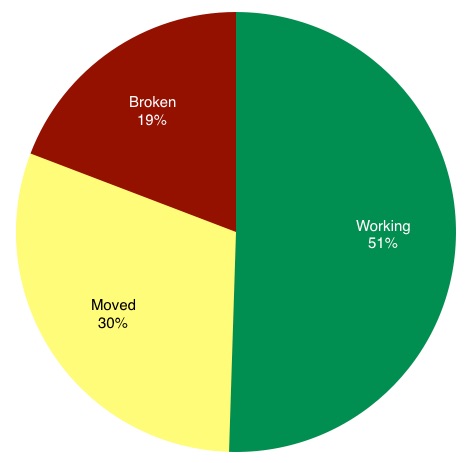
That half of the links are still there, at the same address, after 18 years of writing is a better result than I expected; I’d assumed that more of the web had fallen off than that.
Still, though, it’s sad that at least 20% of the pages I’ve linked to cannot be accessed directly any more. Some of those may have ended up in the Wayback Machine, others are simply lost to time.
Oliver and I go to Starbucks for a break between school and a vet visit.
Clerk: If you make that cappuccino a Christmas drink, you can get it for free.
Me: Like what?
Clerk: How about a Holiday Spice Flat White?
Me: Can I have that, but without the holiday spice?
The clerk smiles: we’ve entered into a conspiracy together. He spends a frustrated minute trying to make this happen.
Clerk: I’m afraid I can’t make the till do that.
Foiled by technology.
I expect that if it weren’t “buy one holiday drink, get another one free” day, with the resulting deluge of customers, he might have been able to nudge-nudge, wink-wink this to the colleague standing 5 feet from him who was about to be charged with the conjuring of my drink.
But not today.
I grew up in Ontario eating three meals a day: breakfast, lunch and dinner.
Catherine also grew up in Ontario eating three meals a day, but hers were breakfast, dinner and supper. In Catherine’s world a lunch was something you had after a Junior Farmers dance or a funeral.
Here on Prince Edward Island the midday meal is know by both lunch and dinner; here in town, at least, “let’s grab lunch” will be commonly understood to mean “let us share a midday meal together,” and not “let us get together after a funeral.”
But as you radiate out from town, “will you be home for dinner” is more likely to mean “will you be home at noon” and not “will you be home at 6.”
The Queen Elizabeth Hospital menu for patients comes down solidly on the side of dinner for the midday meal. Catherine had some minor surgery this week, and this is the menu left in her room for her to make choices from yesterday morning:
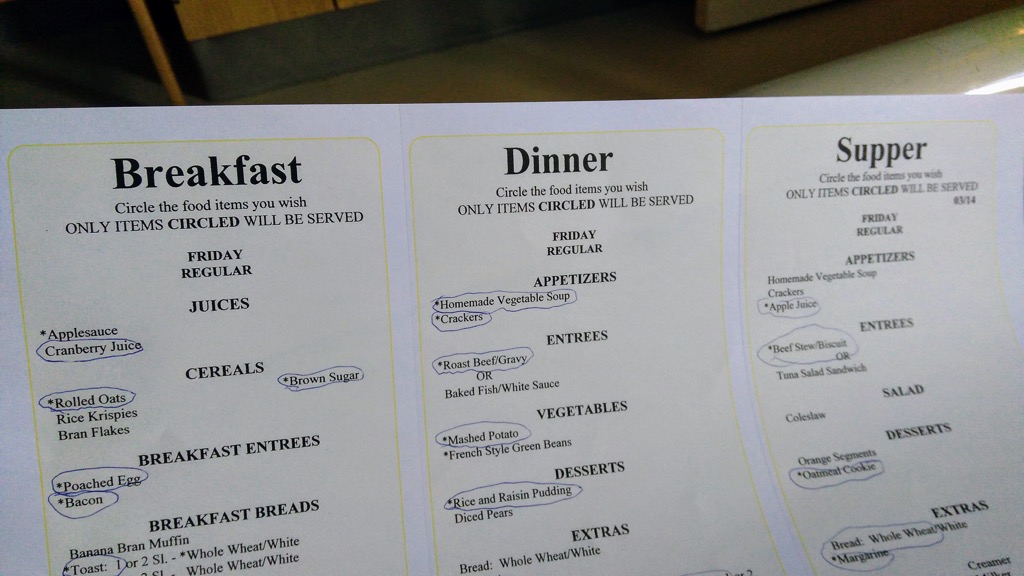
I have never, in all my 51 years, spent an overnight in a hospital, and so I’ve never, in all my 51 years, been subject to hospital meals. Being as close to a vegetarian as one can be without formally declaring, I’m daunted by the prospect of having to do so in the future: as you can see from the choices offered to Catherine yesterday, vegetarian-friendly options aren’t on offer on the default menu (I assume that, if special arrangements were made in advance, this could be worked around; at least I hope so).
Daniel Stenberg created curl, the utility you’ve probably never heard of that, under the hood, is an invaluable part of how the Internet works.
As he described with humility and good humour here, Stenberg was awarded the Polhem Prize for this work.
Beyond the deserved recognition, perhaps the greatest result of the prize is this video wherein he describes what curl is, and how open source works.
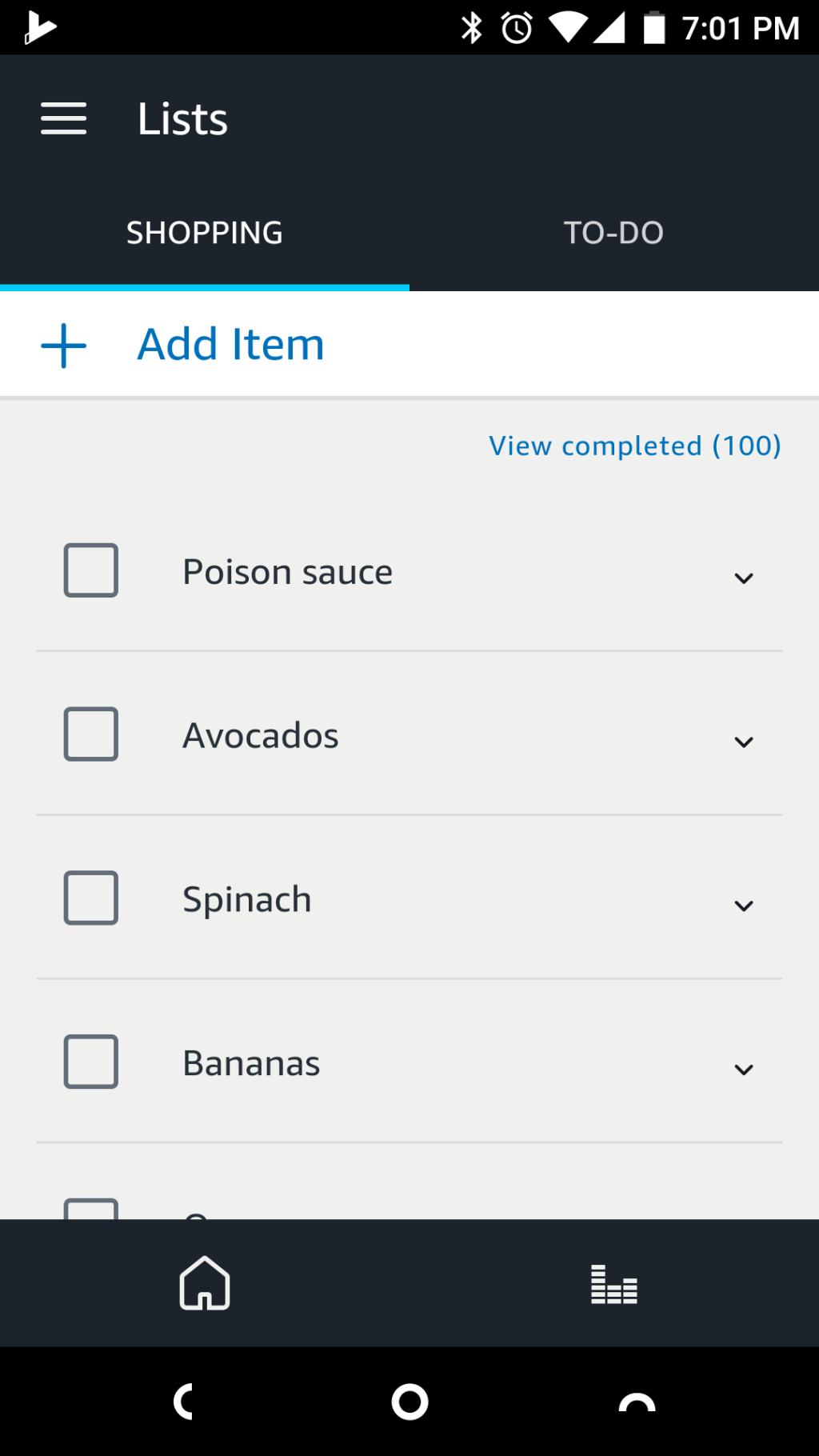
 I am
I am